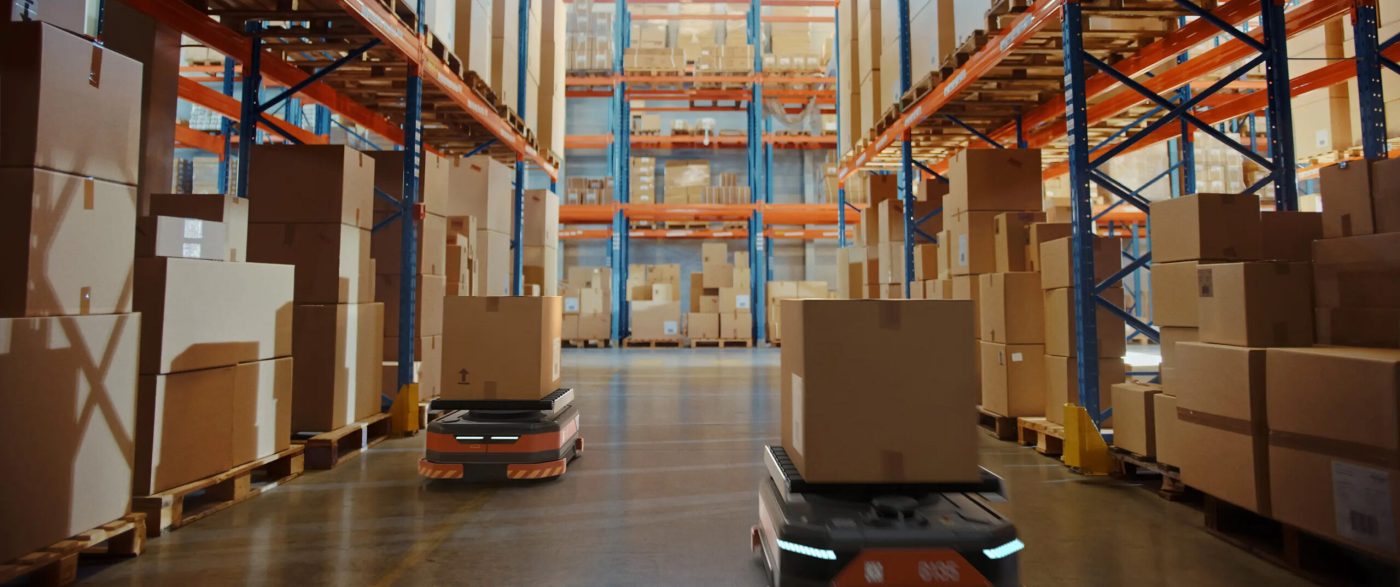In the fast-paced realm of manufacturing and warehousing, the ability to monitor and control operations in real time has become indispensable for achieving optimal efficiency and productivity. This article explores the myriad benefits that real-time monitoring and control offer in these dynamic environments, highlighting how this technology-driven approach revolutionizes traditional practices.
Preventive Maintenance and Downtime Reduction
Real-time monitoring systems equipped with sensors continuously collect data on equipment performance and operational parameters. By analyzing this data in real time, maintenance teams can detect potential issues before they escalate into costly breakdowns. Predictive maintenance algorithms identify patterns indicative of impending failures, enabling proactive interventions to be carried out during scheduled downtime, thereby minimizing unplanned disruptions and optimizing asset utilization.
Enhanced Quality Control and Productivity
Real-time monitoring enables meticulous oversight of production processes, ensuring adherence to quality standards and specifications. By monitoring key performance indicators (KPIs) such as cycle times, defect rates, and yield percentages, operators can promptly identify deviations from desired targets and take corrective actions. This proactive approach not only enhances product quality but also boosts overall productivity by minimizing rework and scrap, thereby maximizing throughput and yield.
Inventory Optimization and Demand Responsiveness
Real-time visibility into inventory levels, movements, and trends empowers supply chain managers to optimize stock levels and respond promptly to fluctuations in demand. Integrated inventory management systems equipped with real-time monitoring capabilities enable accurate demand forecasting and dynamic replenishment, ensuring that warehouses maintain optimal inventory levels while minimizing carrying costs and stockouts. By synchronizing inventory data with production schedules and customer orders, businesses can achieve greater agility and responsiveness to market demands.
Energy Efficiency and Cost Savings
Real-time monitoring and control extend beyond operational performance to encompass resource utilization, including energy consumption. Smart energy management systems leverage real-time data analytics to identify opportunities for energy optimization and cost savings. By monitoring energy usage patterns and implementing intelligent controls, businesses can minimize waste, optimize equipment efficiency, and reduce utility expenses. Furthermore, real-time monitoring enables proactive identification of abnormal energy consumption patterns, facilitating timely interventions to mitigate potential inefficiencies or equipment malfunctions.
Regulatory Compliance and Safety Assurance
Real-time monitoring systems play a crucial role in ensuring compliance with regulatory requirements and safety standards. By continuously monitoring environmental conditions, emissions, and workplace parameters, businesses can promptly identify deviations from regulatory thresholds and implement corrective measures to avoid penalties and liabilities. Moreover, real-time alerts and notifications enable rapid response to safety hazards and emergency situations, safeguarding the well-being of employees and minimizing the risk of accidents or incidents in manufacturing and warehousing facilities.
Data-Driven Decision Making and Continuous Improvement
The wealth of real-time data generated by monitoring systems serves as a valuable asset for data-driven decision-making processes and continuous improvement initiatives. By leveraging advanced analytics and machine learning algorithms, businesses can derive actionable insights from real-time data streams, identifying opportunities for optimization, innovation, and process refinement. By fostering a culture of continuous improvement guided by real-time data analytics, businesses can adapt swiftly to changing market dynamics and stay ahead of the competition.
In summary, real-time monitoring and control systems offer a plethora of benefits for manufacturing and warehousing environments, ranging from preventive maintenance and quality control to inventory optimization and energy efficiency. By harnessing the power of real-time data analytics and proactive intervention, businesses can unlock new levels of efficiency, productivity, and agility, positioning themselves for sustained success in today’s competitive landscape.
